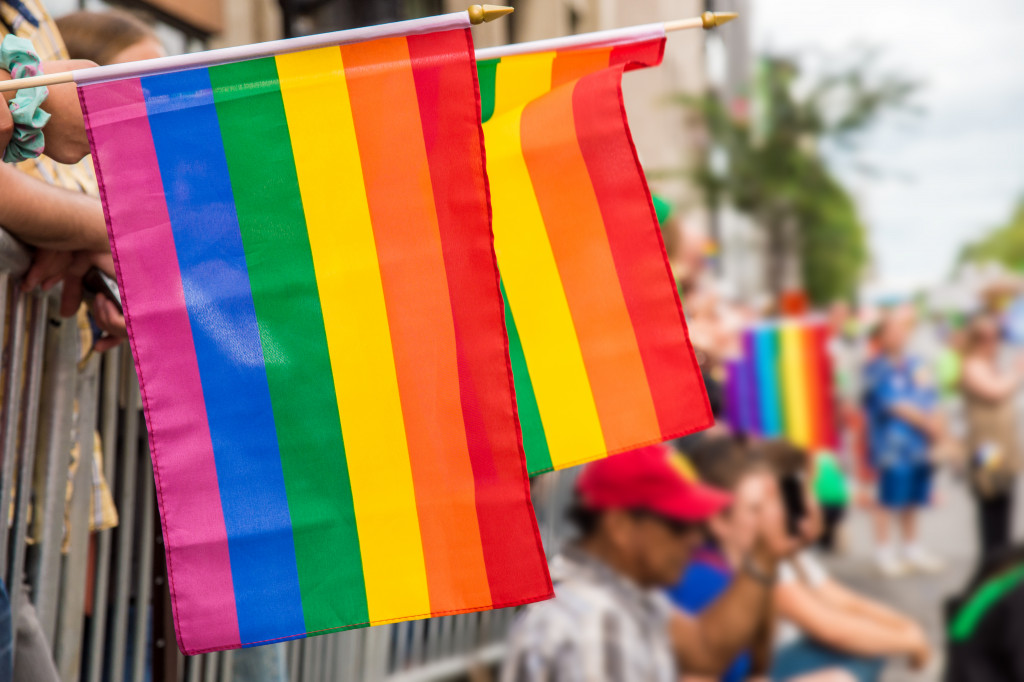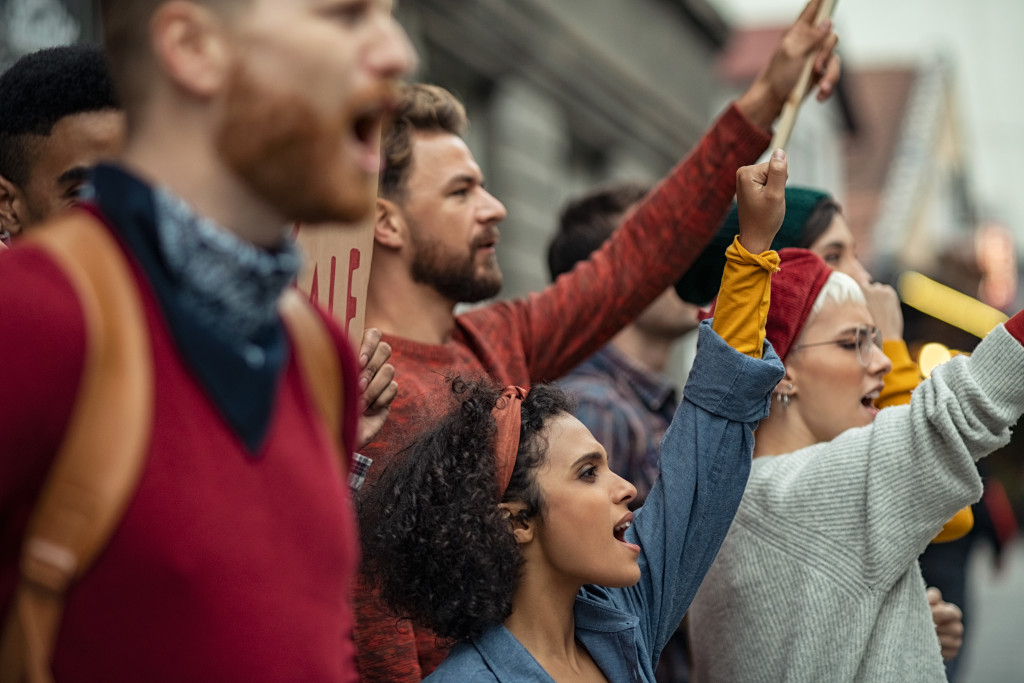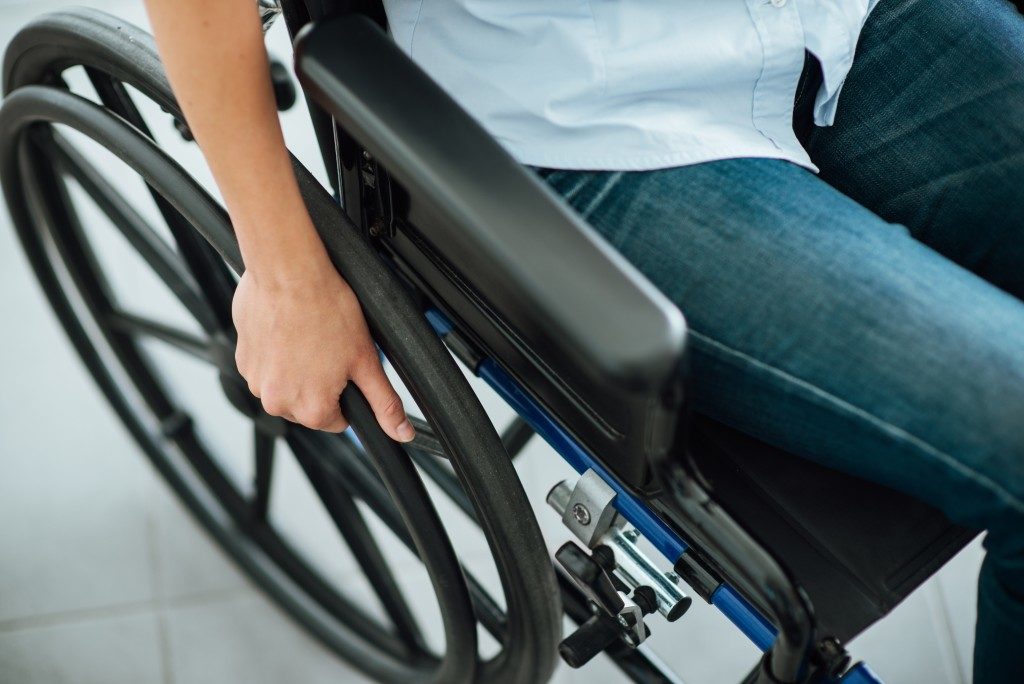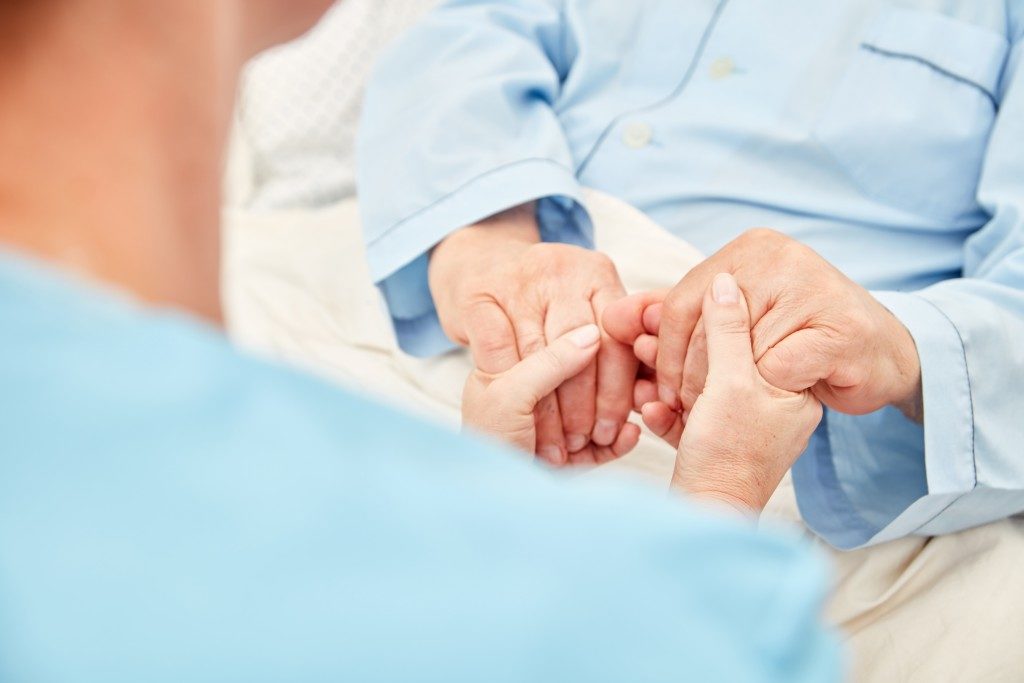• Research the hosting organization to ensure their goals align with yours and know which police force oversees the event.
• Make an emergency plan, know your rights, and be prepared for potential injuries by consulting a law firm beforehand.
• Have an escape plan in an emergency, and choose clothing that will keep you safe and comfortable.
• Bring supplies like water bottles, sunscreen, face masks, hand sanitizer, chargers, extra batteries, and ID cards to the event.
• Follow instructions given by organizers or police officers to remain safe and avoid any potential legal repercussions.
Over the past year, the public has seen a surge in public rallies and protests worldwide. Whether your cause is political, environmental, or something else entirely, exercising your right to free speech can be a powerful tool for creating change. However, it’s important to remember that these events can also be dangerous if proper safety precautions are not taken. This blog post will discuss how to stay safe while attending or organizing rallies.
1. Research Your Rally
Before attending a rally or protest, it’s essential to do some research beforehand. Start by researching the organization hosting the event and its mission statement. Make sure their goals align with yours and that you understand what they stand for before committing yourself to them. Additionally, try to find out which police force will be overseeing the event. Some cities may have different rules for different forces. Knowing this can help you prepare for any potential issues during the rally.

2. Make an Emergency Plan
It’s always essential to make an emergency plan before attending a rally or protest. This plan should include who will be in attendance (i.e., family members, friends), where you’ll meet up if separated, and how you’ll communicate with each other (e.g., cell phones). It’s also a good idea to take note of the locations of nearby hospitals or medical centers so you can quickly get help should someone require medical attention on-site. Here are other things to plan before going:
a. Know Your Rights
Take some time to learn about your rights as a protester. For example, you should know that the First Amendment guarantees your right to assemble and protest peacefully. Additionally, depending on where you are, other rights may be granted to protesters, such as the right to photograph or record police encounters.
b. Beware of Injuries
Unfortunately, injuries can occur during public rallies, so it’s essential to be aware of the potential hazards. It is best to consult a personal injury law firm beforehand to understand your legal rights and options should you sustain an injury at the rally. They can also help you with any personal injury claims if necessary.
c. Have an Escape Plan
It’s also essential to have a plan for escaping the rally or protest in case things become volatile or dangerous. Make sure you know the fastest and safest routes out of the area and safe locations where you can wait if needed. This plan should also include how you’ll contact your emergency contacts in case something happens.
d. Choose Your Clothing Wisely
When attending a rally or protest, it’s essential to wear clothing that will keep you safe and comfortable. Sturdy shoes, layers, and a hat are essential to protect yourself from potential hazards. Additionally, it’s important to remember that bringing any type of weapon or offensive sign can result in legal repercussions.

3. Bring Supplies
When attending a rally or protest, it’s essential to bring supplies such as water bottles, snacks, and sunscreen if it takes longer than expected (or if weather conditions are extreme). Additionally, consider bringing items like face masks and hand sanitizer for extra protection against germs and pollution in crowded areas where social distancing isn’t possible.
You may also want to bring a charger and extra battery so that you can stay connected with family and friends throughout the duration of the event. Most importantly, make sure to bring a form of identification so you can leave the area quickly if needed. This could be a driver’s license or passport.
4. Follow Instructions
When at the rally, it is essential to follow instructions given by organizers or police officers. Do not engage in any type of violence or destruction of property, as this could lead to legal repercussions. Try to avoid confrontation, as this could put you in danger. You want to be a part of something positive, not negative.
Attending rallies and protests is incredibly powerful for expressing your opinions and standing up for the causes you believe in—so long as you take proper safety precautions first! Before attending any event like this one, ensure you know your rights, create an emergency plan, and bring the necessary supplies to stay safe. And always remember to follow the instructions given to ensure a successful event!



